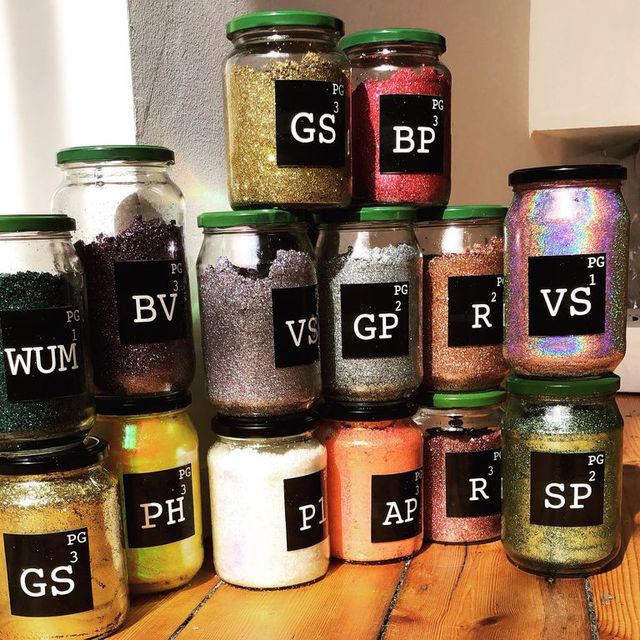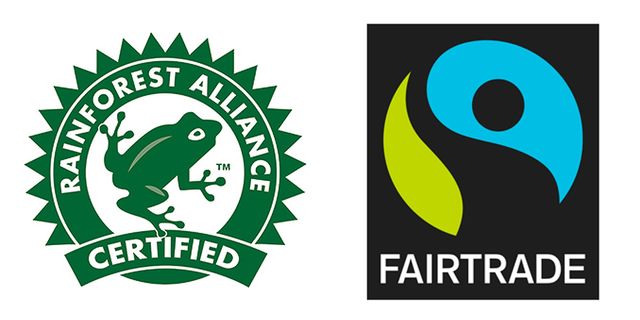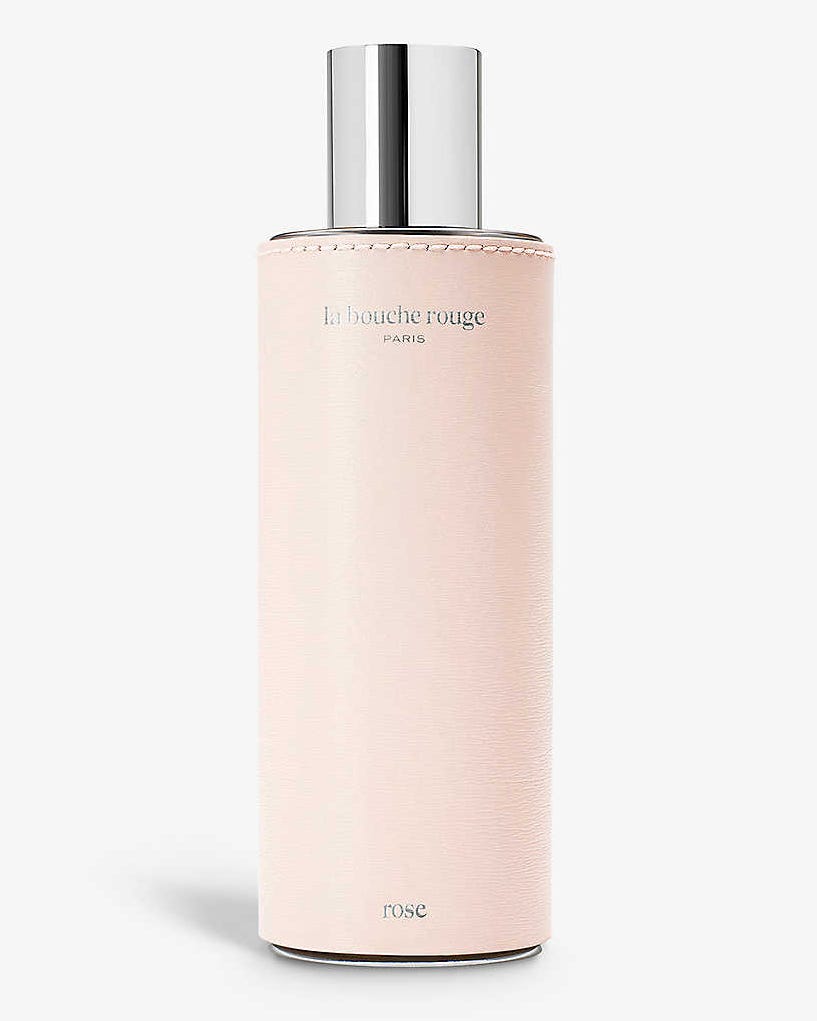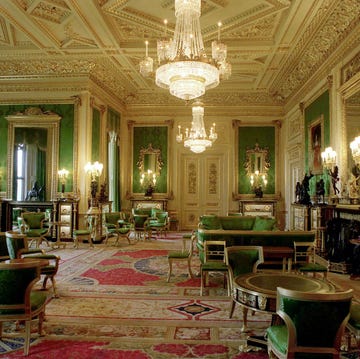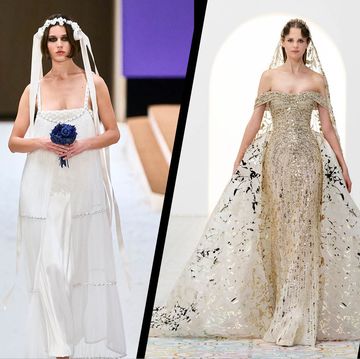Sadly notorious for its negative impact on the environment, the cosmetics industry contributes to pollution and drains natural resources in multiple ways – with our everyday actions as consumers exasperating the problem. However - and while there’s still a long way to go - change is afoot, with many brands and buyers of beauty making sustainable, eco-friendly moves that can make a big difference overall. Here we discuss the problems and some solutions ahead of Earth Day 2018.
The problems for our planet:
Zero Waste reports that more than 120 billion units of packaging are produced every year by the global cosmetics industry, much of which is not recyclable. The majority of beauty products come packaged in plastic, which – when talking about your average moisturiser pot – can take nearly 1,000 years to decompose. Then there’s the plastic wrappings, paper inserts, cardboard sleeves, foam, mirrored glass and more, sometimes all present in one purchase.
Of the product packaging we can recycle, half of us don’t. Research from Garnier found that over 56% of Brits (that’s 4.5 million people) don’t recycle bathroom products because of the inconvenience. If these items aren’t given a second life, they simply go into landfill – or potentially litter our environment.
But it’s not entirely our fault – or the brands seducing us with overly packaged products. Lush co-founder and product inventor, Rowena Bird told us “the recycling industry doesn’t seem to have the patience or time to actually recycle mixed component materials.” So often when we try to do the right thing, it backfires. “I think most of us would be shocked to discover how much actually gets recycled from what could be,” she says, which is why Lush is going packaging-free, or ‘naked’ as they like to call it.
It’s shocking to digest than eight million tonnes of plastic (not necessarily from cosmetics, of course) are dumped into our oceans every year, pollution that’s devastating for sea life and contaminating our diets. According to a study led by Professor Richard Thompson, plastic was found in a third of UK-caught fish.
Microscopic plastic beads, fragments and fibres are also littering our riverbeds in the UK, one of the reasons why microbeads were banned in beauty and personal care products, a move that only coming into effect this January.
Next on the banned beauty list may well be glitter, something we’ve developed a toxic obsession with. (The latest sparkly trend? A glitter sunscreen.) The problem is that cosmetic glitters are a microplastic which scientists say easily enter the environment - often without us realising it. Luckily there are new alternative options from brands including Ronald Britton, Eco Glitter Fun and Bleach London (coming soon); their ‘green’ glitters are biodegradable which is good news for festival season.
However, it’s not just plastic that’s the problem with the beauty industry, but the vast water waste, too. As the industry’s most used ingredient, there are concerns that demand for water could outstrip supply. While some brands are responding by formulating with richer ingredients and less water, there’s also a ‘cleansing reduction’ movement concerned with showering and bathing less.
With the average Brit using 142 litres of water per day which simply goes down the plughole, Aveda worked out that we could save around six gallons of water by cutting three minutes from our shower time. To not only save this resource but raise awareness about the importance of access to clean water for all (in a time where 844 million people globally are living without it), the beauty brand is working with WaterAid on a campaign challenging individuals to go an extra day without washing their hair. (See more below, and count us in.)
Air pollution is another negative impact contributed to by the beauty industry and new research revealed that perfumes, hairsprays and deodorants pollute the environment as much as car emissions. The American study, published in the journal Science, found that scented products emit the same level of chemical vapours as petroleum emissions from cars in the form of ‘volatile organic compounds’ (VOCs). These interact with other particles in the air to produce harmful ozone and a type of pollution known as PM2.5, which is very bad news for our lungs.
While this research relates to the Los Angeles environment specifically, and here in the UK air pollution is more affected by emissions from diesel vehicles, scientists say this research highlights an important source of pollution that is currently unregulated. Alastair Lewis, professor of atmospheric chemistry at the University of York told The Guardian “The UK is already thinking about how to tackle and reduce domestic emissions.” So watch this space.
Sustainability of ingredients used in products is also an area of environmental concern, from how they’re sourced to the long-term impact of farming them for cosmetic purposes. Palm oil for example, which is used in approximately half of all consumer goods, is causing widespread deforestation plus the extinction of many animal species.
To avoid adding to the problem, the best way to identify if a product’s ingredients have been sustainably sourced is to look out for the Fair Trade and Rainforest Alliance logos on the packaging.
How to recycle and reuse beauty products:
According to a Euromonitor global consumer trends survey, having a positive impact on the environment through everyday actions is an aim held by two out of three consumers. We clearly like the premise of ‘reduce, reuse and recycle’, but need to practice how.
Frankly, effective recycling takes a little effort, but as Bird points out: “If we put as much thought into preserving our planet as we do into preserving ourselves, the world may be in a better state, not suffocating under a mountain of plastic.” Firstly, she says we should be considering a product’s life-cycle and avoiding single use materials.
When recycling any product, the container needs to be clean – either washed in warm soapy water or put through the dishwasher. Then check the labelling (see the recycling symbols explained here) to determine its recyclability – you may need to research what exactly your local authority recycles. If the information is not obvious from the labelling, Bird says: “Make companies that you buy from work for you and demand information from them about how best you can recycle their packaging.”
You could also try TerraCycle, a programme in partnership with Garnier which offers free recycling for all beauty product packaging. The free service also gives users the opportunity to fundraise for their favourite school or charity. You simply print a free shopping label and take your empties to your local drop-off location. Also take advantage of the excellent Return to Origins recycling programme, which welcomes all cosmetic containers (including tubes, lids and caps) regardless of brand.
Remember that the cotton wool and regular cosmetic wipes used in your beauty routine are not recyclable, or flushable (they can cause blockages). These items should be placed in your rubbish bins, or try alternatives – such as cleansing with wash cloths, face flannels or reusable cotton wool-like wipes (try Cheeky Wipes). Certain face wipes such as the Neal’s Yard Organic Facial Wipes are compostable, or can be added to textiles recycling collection points (once dried out).
“Also think about how you can reuse your packaging,” says Bird, “if that was what made you buy in the first place, then surely you won’t mind it sticking around and starting a new life in your home with a different purpose?” Look to Pinterest for endless ideas.
Ways to shop sustainably and give back as you get:
There are so many planet-friendly beauty options available now, from mass, high street and niche brands. Taking a packaging perspective, look out for products made of recyclable materials, such as glass, plant based plastics and natural cork, and those that are biodegradable. Or, where possible, go packaging-free.
Take advantage of companies offering refill schemes or recycling initiates. “At Lush, we are very proud to offer a recycle service for our black pots which are made from a mix of purchased recycled plastic and recycled black pot material,” Bird says who explains they send these back to their in-house recycling centre. “Bring back five and we’ll give you a free face mask.”
Kiehls has a Recycle & Be Rewarded scheme, whereby you get a stamp for every bottle returned, and ten stamps grants you one travel-sized product. Back to Mac is the make-up equivalent. They accept packaging returns and for six Mac containers returned to a counter or online, you will receive a free lipstick of your choice as a thank you. Plenty of smaller beauty brands offer similar services, too – such as hair line Windle & Moodie, who replenish empties at their salon’s dedicated Refill Bar leaving you will a full product refill at a 30% discount.
Some of our favourite brands go even further. Neal's Yard Remedies were the first high street retailer to become carbon neutral in 2008 and are now celebrating ten years of being so. They have saved 82m2 of endangered rainforest through the Makira Forest Protection project in Madagascar for every tonne of carbon they produce. Caudalie is been a member of the “1% for the Planet” organisation which means they donate 1% of their global sales to NPO’s that work to protect the environment. Since 2012 over four million trees have been planted and over eight million euros invested to support environmental projects. Ren have pledged to be zero waste by 2021 and have also announced their collaboration with the Surfrider Foundation, which protects, cleans and clears plastic from beaches in the UK and US. And Chantecaille's philanthropy platform shines a spotlight on global environmental issues and supports conservation efforts around the globe, with sales from seasonal collections.
See more beauty brands – from The Body Shop to Burt’s Bees – making sustainable moves below:
As we all clean up our act the future of beauty looks green – and if Bird has her way, ‘naked’, with Lush leading the way in making solid products. With the #passonplastic movement gathering such momentum for starters, she may well be right. “But sadly,” Bird adds, “I think it will take a leap of faith and an attitude shift before everyone comes around to the conclusion that products may look beautiful on our face, but the containers looks really ugly on our planet.”

